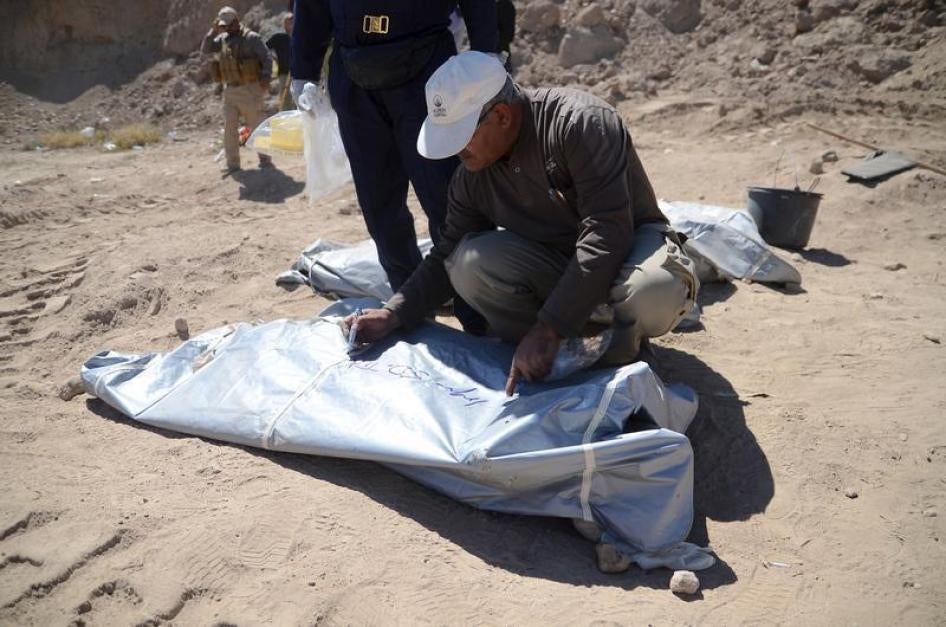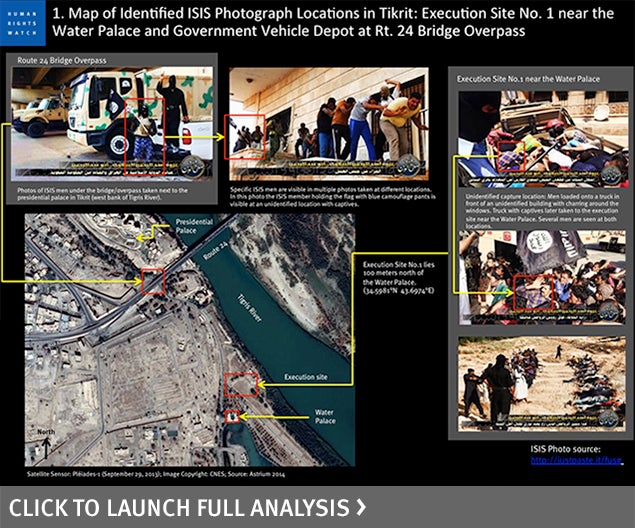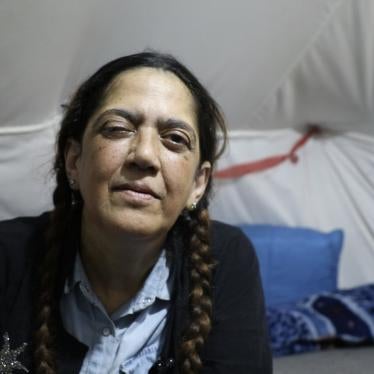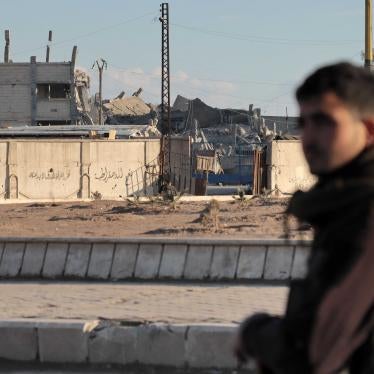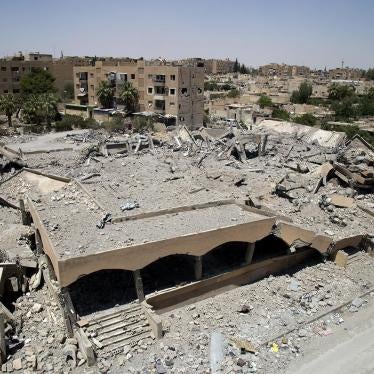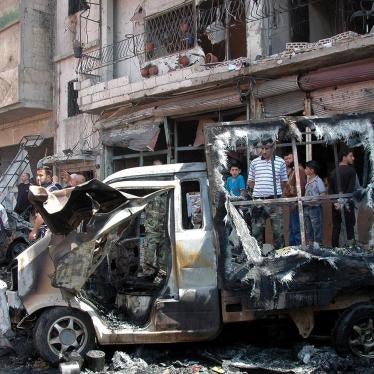The images from Tikrit confirm the worst fears: Iraqi forces that retook the city last week have discovered mass graves. When the extremist group Islamic State (also known as ISIS) overran Tikrit last June, it announced executing 1,700 “Shi’a members of the army.”
In September, Human Rights Watch analyzed satellite imagery, plus photos and videos distributed by ISIS, to confirm between 560 and 770 deaths at five different sites, noting that the total was probably higher. The victims were apparently Iraqi army cadets who were training at the nearby Speicher military base.
Eleven sites have been discovered thus far, Iraqi officials said, including in the compound of Saddam Hussein’s Water Palace. One site was a concrete slab next to the Tigris River. When Ali Kadhim, one of the massacre survivors interviewed last year by Human Rights Watch visited the site, he saw that blood streaks still stained the concrete.
Today, government forces in Tikrit are mourning and letting media record the scene. Tomorrow and thereafter they have to prevent revenge.
In other areas retaken from ISIS, pro-government militias and volunteer fighters, along with Iraqi security forces, have looted Sunni villages, destroyed homes with explosives, and burned buildings to the ground.
The Sunni civilians who remained in Tikrit should not suffer for the horror that ISIS left behind.
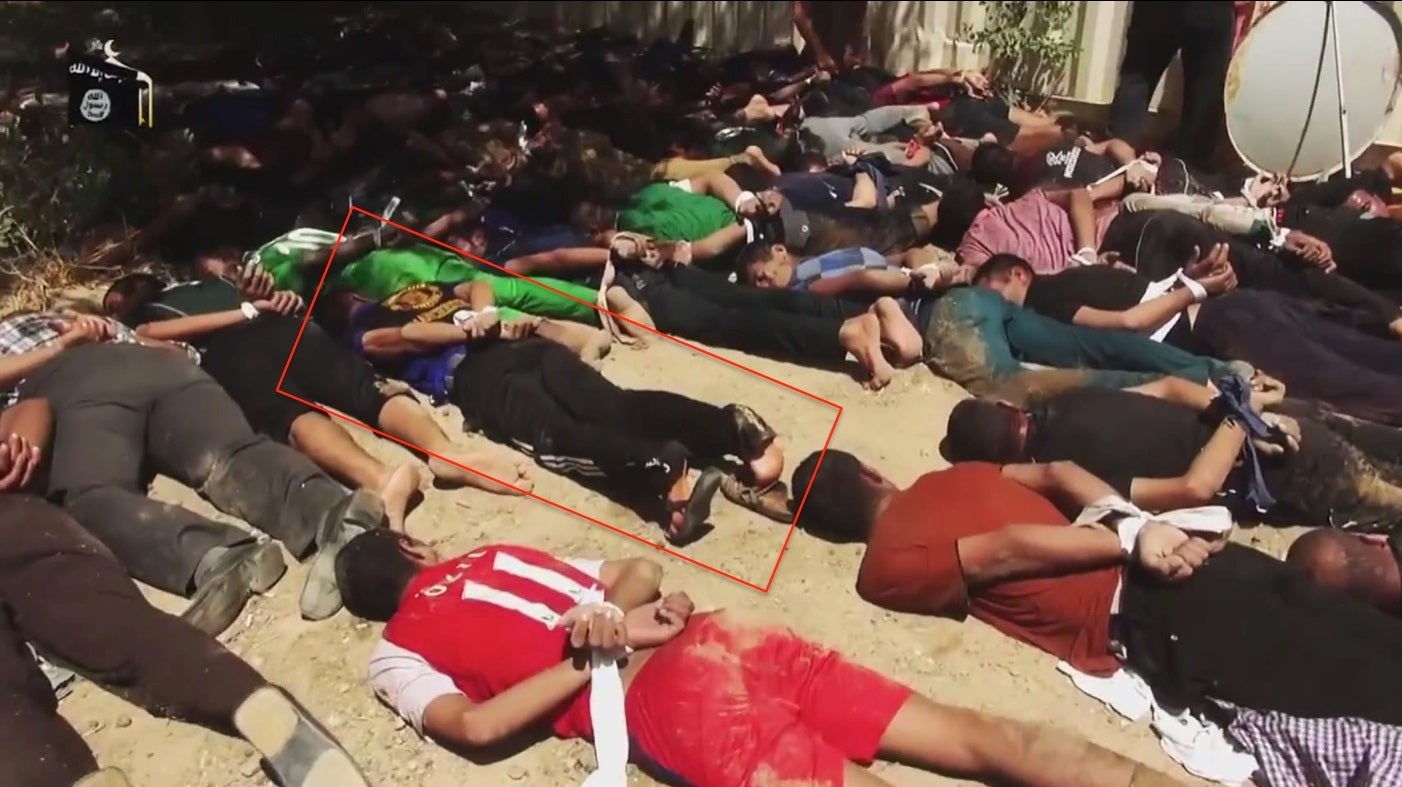
Ali Kadhim, one of the few survivors of a mass execution at the Presidential Palace in Tikrit, is visible among more than 60 captives prior to execution in a still frame from a YouTube video posted by Islamic State.
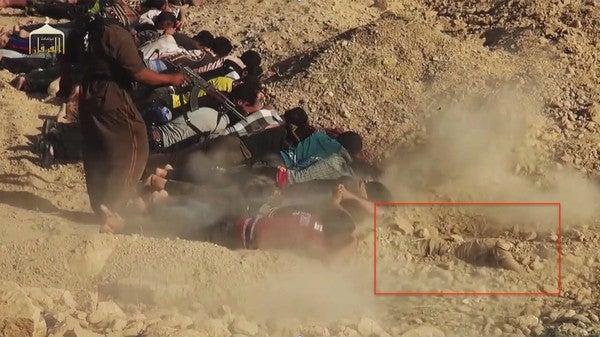
Still frame from a YouTube video posted by Islamic State shows partially buried execution victim at the Water Palace mass grave site in Tikrit.

